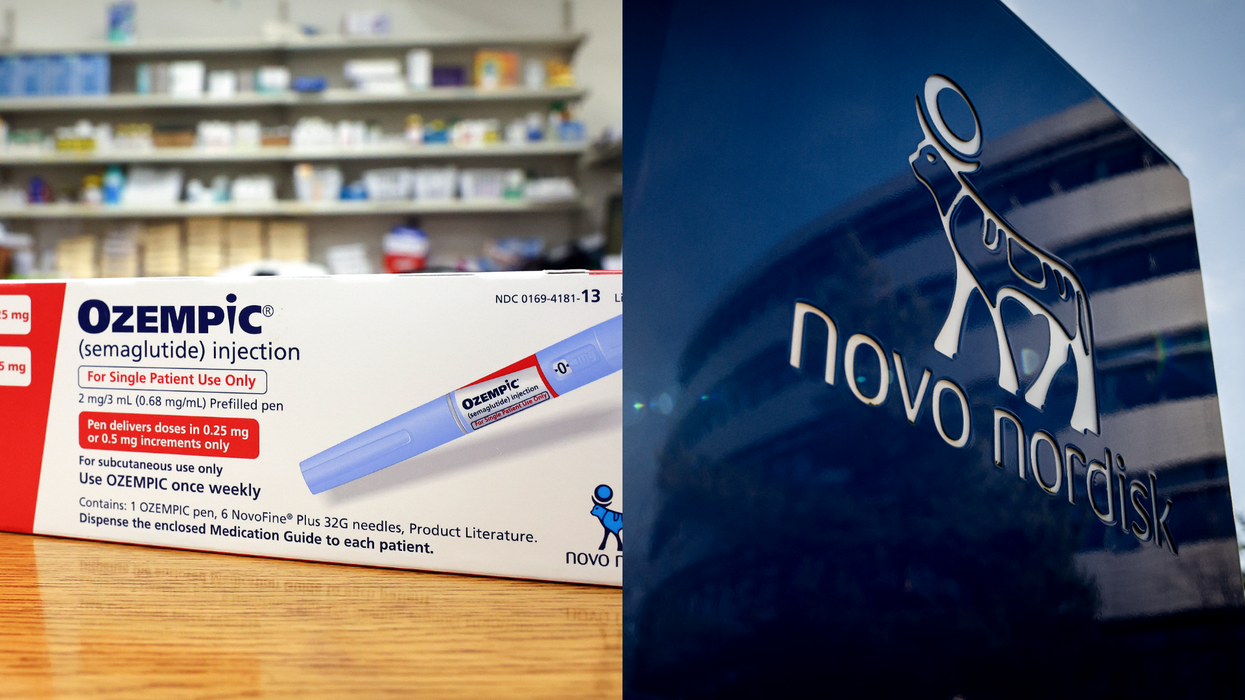A senior heart specialist is among experts who conducted a study to conclude that people born with an increased risk of suffering a heart attack can be identified by a cost-effective genetic test.
Sir Nilesh Samani, Professor of Cardiology at the University of Leicester and medical director of the British Heart Foundation charity, believes that the Genomic Risk Score (GRS) test could eventually lead to “true prevention” of heart disease.
“At the moment, we assess people for their risk of coronary heart disease in their 40s through NHS (National Health Service) health checks. But we know this is imprecise and also that coronary heart disease starts much earlier, several decades before symptoms develop,” said Samani, the senior author of the study published in the Journal of the American College of Cardiology this week.
“Therefore, if we are going to do true prevention, we need to identify those at increased risk much earlier. This study shows that the GRS can now identify such individuals,” he said.
The team believes that applying the one-off test across a UK-wide population spectrum, which would cost around 40 pounds, could provide a more cost-effective way of preventing the enormous burden of coronary heart disease, by helping doctors select patients who would most benefit from in-depth interventions.
As GRS can be measured at any age because people's DNA does not change, the test could in fact be conducted even in childhood. The test looks for patterns of risky genes rather than a single inherited gene.
As part of the study, part funded by the British Heart Foundation, researchers looked at blood samples, but they say the test could also be done with a simple mouth swab. They devised the GRS after analysing the genomic data from 500,000 people aged between 40 and 69, held in the UK Biobank including 22,000 who had coronary heart disease.
Lead author Dr Michael Inouye, of the Baker Heart and Diabetes Institute in Australia and University of Cambridge, said while roughly half of coronary heart disease is down to genetics or is inherited, the other half is lifestyle or environmental. The GRS test proved better at predicting a person's risk of developing heart disease than each of the classic risk factors alone, the research showed.
"We have been missing a genetic component in risk screenings... we've just been really in the dark about the genetic half," he explained.
Participants in the study with a GRS in the top 20 per cent were more than four times more likely to develop coronary heart disease than those with scores in the bottom 20 per cent.
Coronary heart disease is the leading cause of death worldwide and claims 66,000 lives each year in the UK. Healthcare costs related to heart and circulatory diseases in the UK are estimated at 9 billion pounds per year.





 Novo Nordisk launches Ozempic in India as diabetes cases climb Getty Images
Novo Nordisk launches Ozempic in India as diabetes cases climb Getty Images  Ozempic weekly pens now available in India for type 2 diabetesiStock
Ozempic weekly pens now available in India for type 2 diabetesiStock  India gets Ozempic as obesity and diabetes numbers riseiStock
India gets Ozempic as obesity and diabetes numbers riseiStock  Doctors say Ozempic helps blood sugar and weight management in adultsiStock
Doctors say Ozempic helps blood sugar and weight management in adultsiStock





